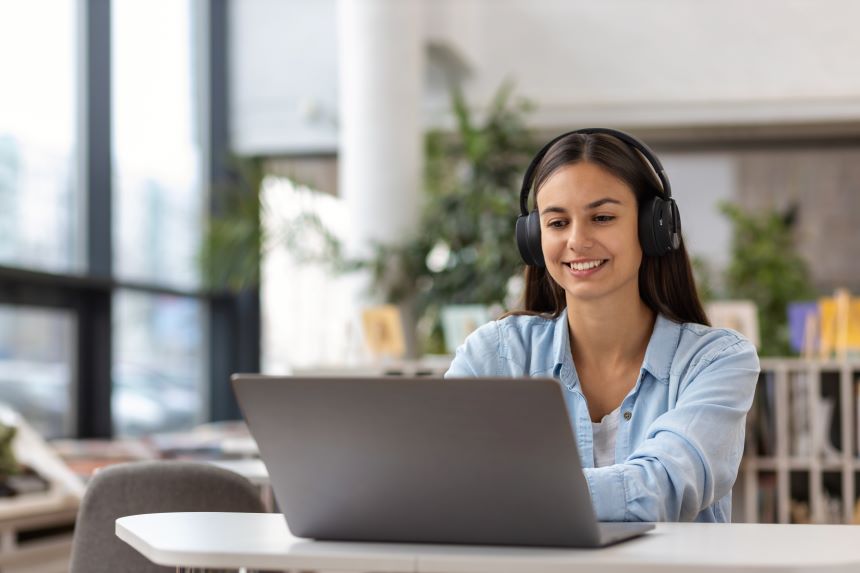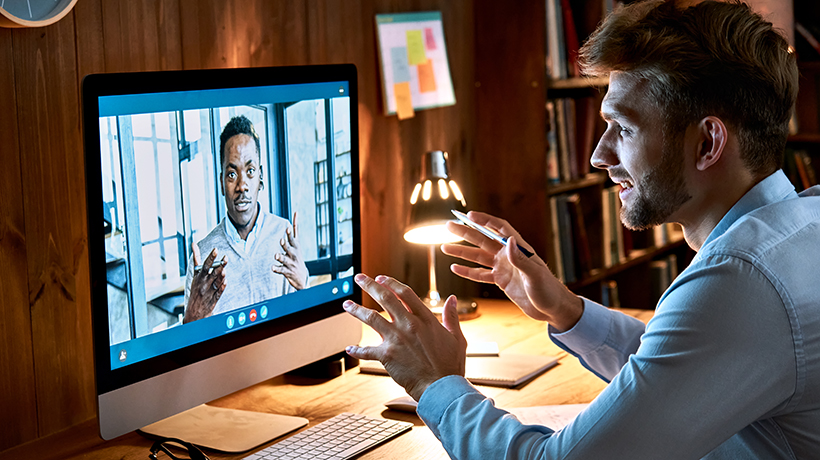
The Challenge
There is a bit of a perfect storm brewing on the talent front, and the biggest challenge companies face right now is not finding new talent but holding on to the people they currently have. According to Brandon Hall Group’s 2023 HCM Outlook survey, the top three concerns organizations have when looking at the future of work are:
- Improving the employee work experience
- Reimagining motivating employees
- Adapting to the company culture
In that same study, the area where companies say they have the most concern and least optimism going into 2023 is “retaining the best people.” Businesses need their talent to stay, grow, and adapt to the changing needs of the business. It will be impossible to hire your way out of any challenges the new business climate brings.
The Rethink
Employee engagement is at a premium, and companies need all facets of the business to contribute to making it better. One area that can have a massive impact is L&D. Brandon Hall Group’s Employer Value Proposition (EVP) survey found that skill development opportunities are the second most critical element in creating a strong EVP, right behind employee safety.
Building skills not only helps the business but also helps employees feel more valued. Many companies are reluctant to do a lot of skill-building because they fear people will leave and take all of that development with them. The reality is that people who get these opportunities are more likely to stay longer, and the business derives the benefits while they are there.
It is more than simply making learning opportunities available, though. The learning has to be relevant, contextual, and impactful. A one-size-fits-all approach to learning devalues the experience, which leads to poor learning outcomes and lowered employee engagement. Organizations must reimagine the traditional learning strategies and approaches to build an environment where learning is an active, continuous part of an employee’s growth.
The Recommendation
What Brandon Hall Group has to Say About MPS and EI’s Solution
Brandon Hall Group Smartchoice Bronze Preferred Provider MPS is leveraging its recent acquisition of EI to help clients create the kind of learner-centric experiences that help build greater overall employee experiences.
Just how much impact can a focus on the learner have? Take a look at the top five benefits learners see as a result of personalized learning:
- Greater confidence in performing work which opens up new growth opportunities
- Betterment as a person both personally and professionally
- Contributions made are more valued and respected
- Stronger bond with the organization
- Employees feel more valued
- Sharpening cognitive and executive skills functioning
MPS and EI leverage a human-centered design to craft their approach to learning. This entails a research and analysis phase, where the L&D must work with business leaders, managers, and employees to gain a better understanding of what the learning needs and goals are and how they relate to the learner. This alignment between organizational goals and learning goals is critical. MPS and EI also run a learning needs analysis to identify the specific needs of the client’s learners and reconcile that with their deep understanding of what motivates today’s learners.
The second phase is where they work to recommend and define learning strategies and solutions to meet all the needs identified in the first phase. Learners can be grouped into personas based on their needs for easier personalization. This phase is also where the learning journey is mapped to career paths, so each program is aligned with and points to people’s goals and objectives. Because the objectives were identified in phase one, they can be used in this phase to define the metrics that will demonstrate the learning program’s success. And finally, the strategies and modalities for delivering can be mapped out based on what will best suit the learner personas.
The final phase is implementation, where the program gets launched. But this is not the end. Instead, MPS and EI see this as the beginning of an iteration process where early metrics and learner feedback are leveraged to improve the program continuously. Both business and learner needs can change at any time, so programs must be able to be adapted, rather than scrapped.
In the end, it is all about providing learning experiences that learners will welcome into their work lives because they are relevant and are helping them do their jobs and grow their careers. This is the key to providing employees value while at the same time making them feel valued.
David Wentworth, Principal Analyst, Brandon Hall Group



